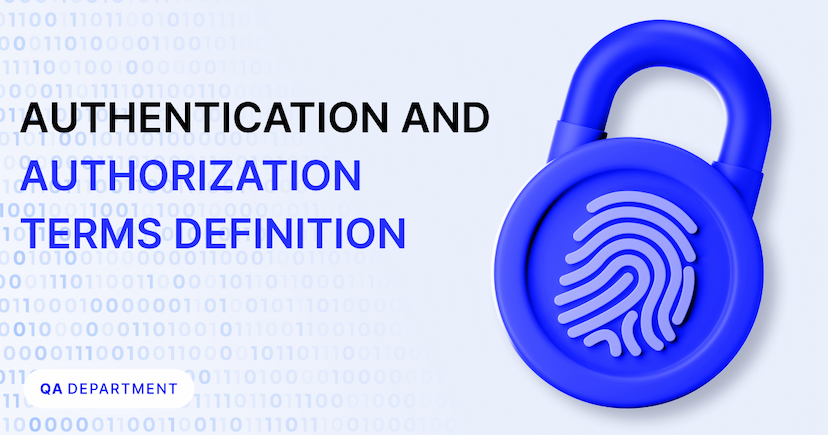To avoid mistakes during the introduction of new blockchain projects, developers use a special test network TestNet. With its help it is possible to check the workability of the network, to eliminate all the shortcomings without risks and the need to spend your own assets.
We will examine in detail the definition of testnet, its advantages and disadvantages, and come to a conclusion when it is optimal to use a testnet.
Testnet: definition and characteristics
Testnet is an alternative transaction blockchain testing series, a prototype project or its beta version designed to test the network without having to spend real cryptocurrency. The coins used in testnet do not participate in the general issue.
In other words, testnet can be called a draft version of the project, which exists in parallel to it. It is used by developers to implement and test the functionality and updates without risking the main blockchain network.
How is testing done in testnet?
- Initially, the network is tested by the internal development team. They test its functionality, make financial transactions, and fix bugs.
- Then test users are connected to test to see how the network will perform during a heavy load.
- For participation in Testnet, the team allocates rewards to users: popular cryptocurrencies or new coins of the network.
Testnet: capacity and benefits
The benefits of creating a testnet network are as follows:
- Low complexity within the network allows the use of weak equipment for testing;
- Absence of real coins value excludes financial losses for the projects;
- It is possible to create any number of records and coins.
Testing can be done using scripts, APIs, CLI or RPC. Developers have an unlimited amount of time and resources, allowing them to identify any existing missteps.
The first significant advantage of testnet over testing with local nodes is the ability to use public APIs to communicate with blockchains.
The advantages of using public APIs are:
- Less coding;
- APIs are often free;
- One API provider can sometimes support multiple currencies.
We can also communicate with testnet not only through API providers, but also directly by having a corresponding cryptocurrency node with testnet configuration. And we definitely have to do that because:
- APIs are sometimes paid;
- APIs tend to be unstable;
- There is no support for many currencies.
Moreover, many cryptocurrency projects in principle do not have a working testnet. This is not about the APIs that allow you to work with testnet, but about testnet itself.
Another advantage of testnet is that commissions are usually lower than on mainnet. This is explained by the number of users and, as a consequence, the load on the network. This is important to consider when developing and testing. Expecting the same level of fee in mainnet can have negative consequences.
Testnet disadvantages
The disadvantage of testnet is instability. Even the most reliable blockchains sometimes fail. This is rare for good projects in mainnet.
{
"type": "https://stellar.org/horizon-errors/timeout",
"title:": "Timeout",
"status": 504,
"detail": "Your request timed out before completing. Please try your request again."
}
Another drawback is the need for funds for test transactions, since testnet is a simulation of a real blockchain and all transactions must be confirmed by miners, let's consider where to get funds.
The first way is to use so-called faucets — free distribution of cryptocurrency. But faucets have a number of disadvantages:
- exists not for every cryptocurrency;
- often do not work;
- often require entering a captcha (which makes it very difficult to automate testing);
- have a limit on the number of transactions (often only one per day).
The second way is to mine; but this is expensive. Mining mostly requires either computing resources (POW) or funds in the account (POS). And while the complexity of mining on testnet is an order of magnitude lower compared to mainnet, it's still long and expensive. And, given the lack of interest (crypto from testnet is worthless), the number of miners is much lower than in mainnet, which leads to longer transaction confirmation times compared to mainnet.
But there is some good news. Some blockchains provide test coins, and in such quantities that there are definitely enough for testing purposes. Among them are ETH, XRP.
For example, this is how you can get test coins with MetaMask:
Summary
Testnet allows you to develop the most comfortable, convenient and safe product, which will be useful for every user. Obviously, testnet gives a more realistic picture of how your product works, but it is more difficult, longer and sometimes expensive to test in it.
In future articles, we will look at blockchain and cryptocurrencies and their place in today's world in a more detailed way. Stay tuned and subscribe to the RVA blog newsletter, so you don't miss anything.


